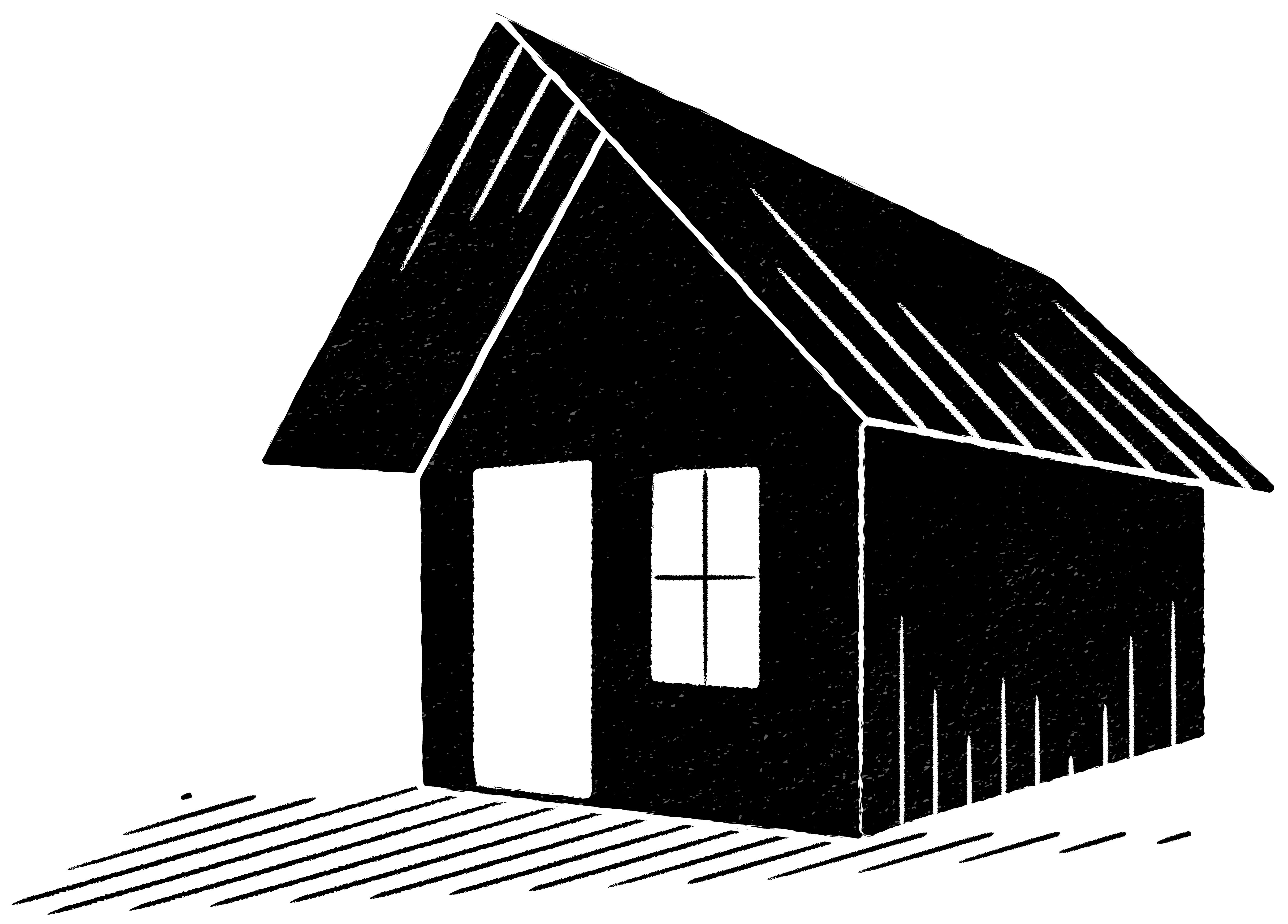Shot in stark, contrasting black and white photography, Matt Ridley’s The Self-Seers sees a young schoolgirl’s underlying fears arise during bouts of sleep paralysis in the wake of a friend’s passing. It’s a brilliantly unsettling mood piece with some truly cinematic visuals. Twelve Cabins joined Ridley in conversation to talk the challenges of shooting in his non-native language, the development process of his striking imagery, and his decision to shoot in shadowy black and white.
What inspired you to tell this story of a young girl wrestling with her shadow self?
Well, in short, my lovely partner, Yeom Shin Yeong. Shin was my muse, and The Self-Seers is really an ode to her. She suffers from sleep paralysis, and would vividly describe the imagery from her hypnagogic hallucinations, and I found it both terrifying and fascinating, having never experienced it myself.
Secondly, my personal experiences to date, living and working in Jeonju, South Korea, for over five years. The Self-Seers is, at heart, a film about Korea, as I see it, and its troubled youth – particularly the girls left in its wake. I wanted to depict the serious weight and pressures of academic enslavement, the obsessive education system, and the willingness to sacrifice kids to an impossible ordeal of schools, academies and never-ending homework, as something with potentially deadly repercussions, especially when factoring in the additional strains of adolescence.
There’s a lot of really interesting and striking imagery, from the wide cityscapes to the dreamlike fuzz of the tv, did you storyboard heavily? What was your process in creating the look of The Self-Seers?
The strobing TV static was a necessity really, as I needed motivation for the light in the bedroom scene. I felt like it required something more dynamic than pure darkness. The cityscapes were initially born out of the shallow urge to employ a drone, to give our little no-budget film a more expensive and professional look, but in the end, we tried to wield it sensibly and sparingly to illustrate the geography of the city, and help single Ye Ri out as a lone figure in a mass of others.
I storyboarded select scenes on a Wacom Bamboo Slate tablet, which was cool because I could put actual pen to paper, and then hit a button to send a digitised version to the app on my phone. If anyone’s interested, they can see some of my preparation materials like a scratch draft of the script, and storyboards here.

How did you come to the decision of shooting black and white?
Thematically, I felt a shadowy black-and-white would compliment and mirror the story we were telling. I also didn’t have the money or crew to design the film in colour. It just made everything simpler – especially lighting. It was also, again quite superficially, to help disguise the honest, harsh look of digital video.
What drew you to tell a story about the darker side of life?
There was something mournful about the idea that these kids can’t even escape their “demons” in their sleep – they’re totally at the mercy of this phenomena, and tragically the story will repeat. My manifesto, of sorts, was to make a doom-laden horror fable, but it evolved into less of a typical horror film than originally planned. In this case, the darker elements came from myself, and the people around me’s struggles with things like depression, anxiety, loneliness, and mental illness.
What were the challenges and benefits of creating a film not in your native language?
I did experience an unavoidable barrier between me and the actors, but I’m so happy with the jobs they did, as they were all fairly inexperienced. Only three girls showed up to the auditions, so we cast everyone! It was a pleasure, though, because Shin was by my side. From conception to completion, she organised and facilitated everything; the translation of the script, the interpretation when we rehearsed and filmed, liaising with locations, the detail of the Korean text in the notebooks, everything. The film literally would not exist without her. She’s not only the real-life inspiration for Ye Ri, but also an incredibly talented producer. I was the dreamer. She made it all happen.

Are you working on anything else at the present moment?
I’m still a full-time ESL teacher in Jeonju, which keeps me pretty busy, and I’m over the moon to be one of four former film students contributing to The Rewind Movie Podcast, where we reappraise the formative films of our youth. You can find us here.
I have no current plans to make another film, but I am enjoying, for the first time really, sitting back and submitting The Self-Seers to festivals globally. I’m always thrilled when we’re accepted, and audiences in different countries can see our work.
The Self-Seers was programmed by the Twelve Cabins team after being sent through our submissions route on FilmFreeway. If you’d like to see your film on our pages, submit here.
